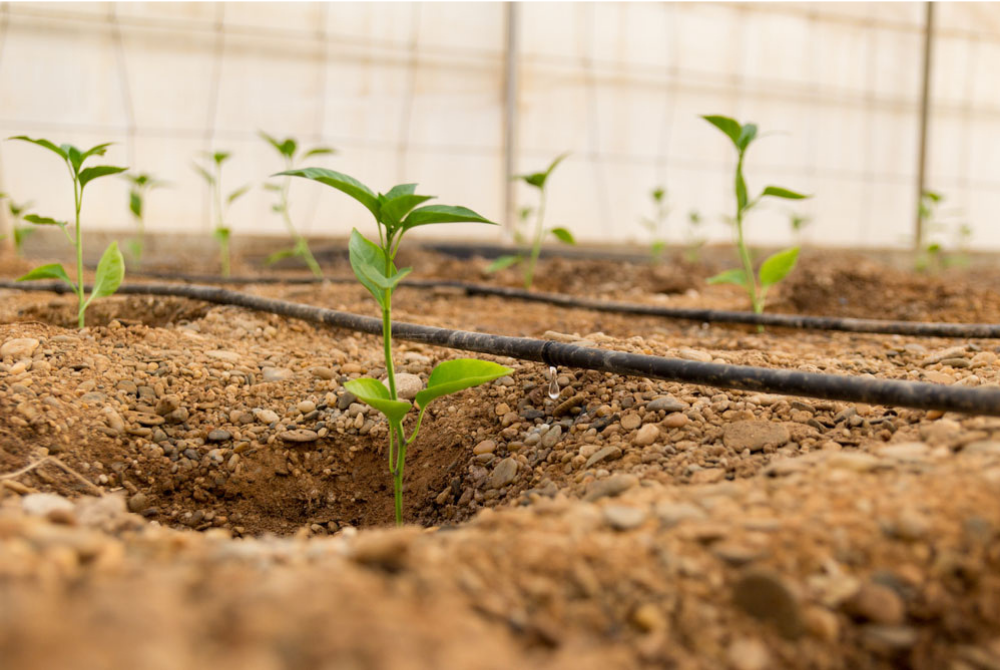Blog Details
Home > Our Blog > AN EFFICIENT FERTILIZATION AND WATER MANAGEMENT WITH FERTIGATION

AN EFFICIENT FERTILIZATION AND WATER MANAGEMENT WITH FERTIGATION
Fertigation is the type of fertilization in which fertilizers are applied through an irrigation system directly to the plant roots. This is the most advanced and efficient fertilization practice. Even ancient farmers have recognized this farm practice as very efficient and useful for successful crop production.
Broadcast fertilization leaves a considerable fraction of the fertilizer on the soil surface. Because of this, the plant is not able to use all of nutrients because they are not in the plant root zone, making them inaccessible. Therefore, fertigation has shown to be a much better practice to fertilize crops.
Fertigation may be practiced under any irrigation system:
Fertilizers applied with drip irrigation can provide plants with a more uniform nutrient distribution in the field due to more efficient water use.
Moreover, drip irrigation doesn’t wet foliage thus reduces disease occurrence. Additionally, with this type of irrigation, there is no chance of run-off and the possible effects of wind are significantly decreased.
The result is quality crops and high yields, and most importantly, a minimal risk of environmental pollution by plant nutrients.
How Does It Work?
Fertigation is the combination of irrigation and fertilization. To apply fertilizers through the irrigation pipes, special fertilizer injectors must be installed to the irrigation system. This is a simple process that doesn’t require much time.
In fertigation, various nutrients can be added to plants, whether macro- or micronutrients. It primarily depends on the crop type and the crop’s growth stage.
Why Use Fertigation?
Fertigation is a great farm practice that will ensure plants optimal crop nutrition and boost the crop yield, while minimizing environmental pollution. Other benefits of this farm practice include:
- Rational and frequent nutrient supply according to the crop’s needs
- Efficient plant nutrient use
- Nutrient application at the active plant root zone
- Ability for plants to use nutrients immediately after application
- Easy control of timing, amount, and ratio of applied nutrients
- The ability to apply nutrients at any moment; especially when field conditions are not favorable for standard fertilization practices.
Credit goes to respective owners :
